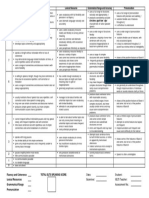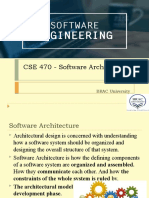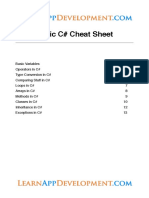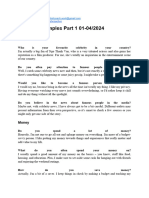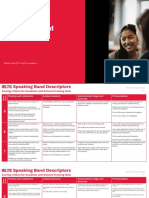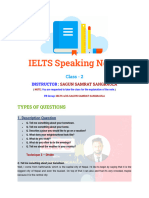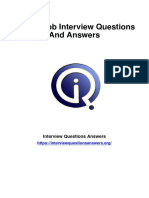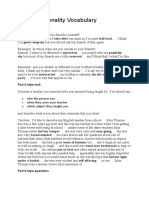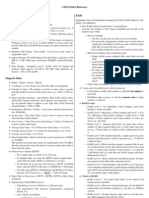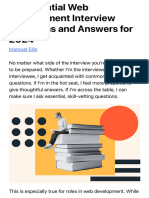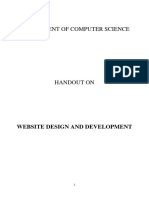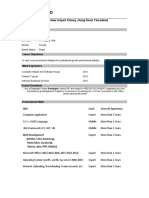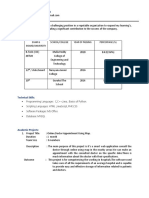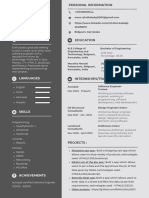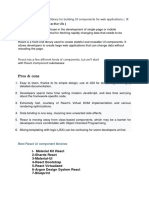0% found this document useful (0 votes)
146 views8 pagesDeveloper Interview Questions'
Here are some of the most popular CSS types:
- Inline CSS: Embedded directly in HTML elements using the style attribute.
- Internal CSS: Defined within the <style> element in the <head> section.
- External CSS: Defined in a .css file and linked via the <link> element.
- Imported CSS: Allows stylesheets to import rules from other stylesheets.
- Media queries: Used for responsive design, applying styles based on screen size.
14. What is the difference between classes and IDs in CSS?
Classes are used to define reusable styles, which can be applied to multiple elements. IDs are unique identifiers for individual elements, and each page should only have one
Uploaded by
Vicks TechnologyCopyright
© © All Rights Reserved
We take content rights seriously. If you suspect this is your content, claim it here.
Available Formats
Download as DOCX, PDF, TXT or read online on Scribd
0% found this document useful (0 votes)
146 views8 pagesDeveloper Interview Questions'
Here are some of the most popular CSS types:
- Inline CSS: Embedded directly in HTML elements using the style attribute.
- Internal CSS: Defined within the <style> element in the <head> section.
- External CSS: Defined in a .css file and linked via the <link> element.
- Imported CSS: Allows stylesheets to import rules from other stylesheets.
- Media queries: Used for responsive design, applying styles based on screen size.
14. What is the difference between classes and IDs in CSS?
Classes are used to define reusable styles, which can be applied to multiple elements. IDs are unique identifiers for individual elements, and each page should only have one
Uploaded by
Vicks TechnologyCopyright
© © All Rights Reserved
We take content rights seriously. If you suspect this is your content, claim it here.
Available Formats
Download as DOCX, PDF, TXT or read online on Scribd
/ 8



